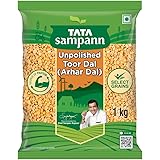Brown rice flour is flour that is made by grinding brown rice. These are very commonly used to make noodles and many different types of pasta. However, this flour can be used to make other food items like bread, cookies and cake recipes by mixing with other gluten-free flour. Brown rice is rich in vitamin B, iron, magnesium, manganese and also a plant compound called lignans.
The plant compound lignans are a beneficial component in brown rice flour that reduces our risk to a lot of heart-related diseases. The brown rice has a really nutty flavor which makes it one of the versatile gluten-free flours in this list. Brown rice flour can be used in the preparation of roux, thickening of sauces and to cook food items like fish and chicken.
Related Reading:
Benefits Of Brown Rice | Why Brown Rice Is A Great Choice For Weight Loss?
Brown Rice Vs White Rice: The Healthier Option
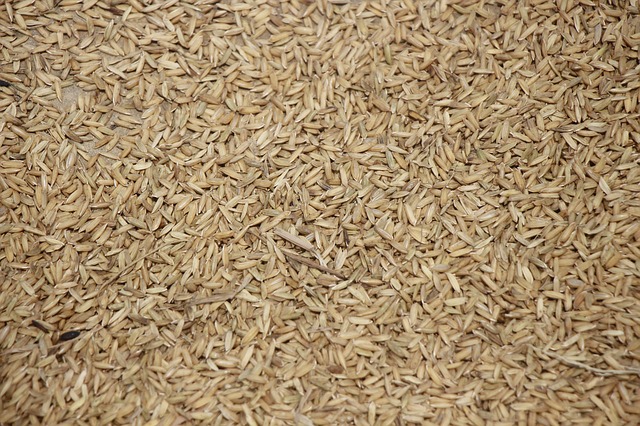
2. Oat flour
Oat flour is one of the common gluten-free flours that people replace with the other gluten flours. Oats is a grain that contains a soluble fiber called beta-glucan. These have a lot of health benefits. They help in lowering bad cholesterol levels, blood sugar levels, and insulin levels. This flour is made by grinding whole grain oats.
Oat flour is rich in nutrients like proteins, vitamin B, magnesium, phosphorus and an antioxidant group called avenanthramides. Cooking with oat flour will make the food more moist than cooking with other flours. This often helps in creating a tastier dish.
Related Reading:
Benefits Of Oats| Health, Skin & Hair Benefits| Side-Effects| Recipes
How To Eat Oats: 7 Best Ways To Eat Oats
Types Of Oats: Steel Cut and Rolled Oats| What’s The Difference?
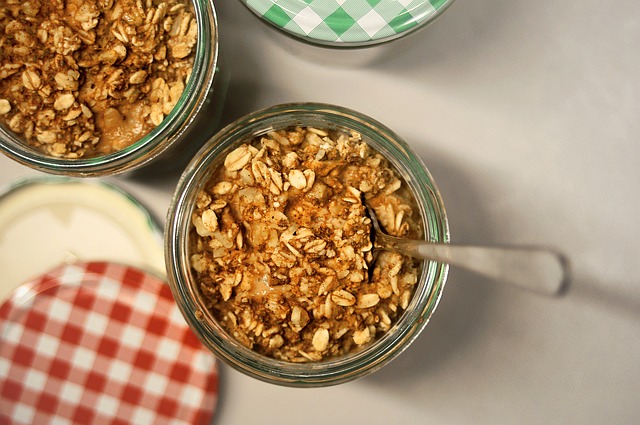
3. Corn Flour
Corn flour is already used as the main ingredient in making a lot of dishes like stews, sauces, breaded dishes. It is also the main element in corn starch pudding. Corn flour is made by finely grounding corn kernels. This is a fine version of cornmeal. Corn flour is rich in fiber and antioxidants that boost the health of the eyes. This flour, unlike the other flours, comes in two different colors. One is white and the other one is yellow. This flour can be used to make pizza crust by combining with other gluten-free flours for the best results.

4. Chickpea Flour
Chickpea flour is made by grinding dried chickpeas. The chickpea flour has different names like garbanzo flour, gram flour and besan in India. Chickpea flour is a huge part of Middle Eastern and Indian cuisine. It is widely used to make hummus, falafel, and flatbread socca. Chickpea flour is rich in plant-based proteins, a lot of nutrients and fiber which help in preventing heart-related diseases and the overall healthy functioning of the vital organs.
Also Read: Benefits Of Gram Flour (Besan) | Ways Of Consumption
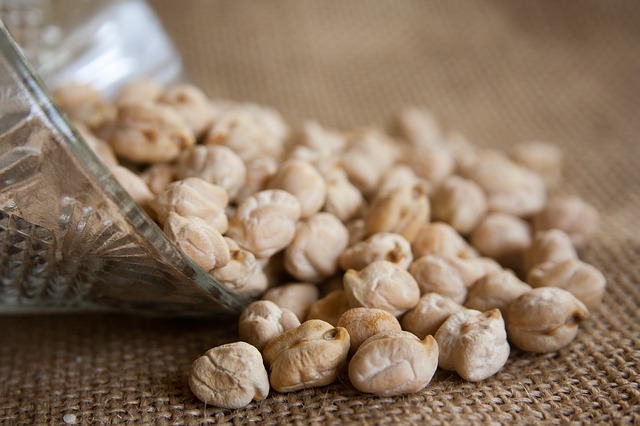
5. Coconut Flour
Coconut flour is made using dried coconut flesh. Coconut flour is flour that is very rich in fiber and healthy saturated fats. Coconut flour, in itself, has unique flavor to it, which makes it a great choice to make loaves of bread, cookies, and cakes. Coconut flour absorbs more water than other flours because of its very fine texture. This is the best flour to be used to cook food for people who have nut and gluten allergy issues.
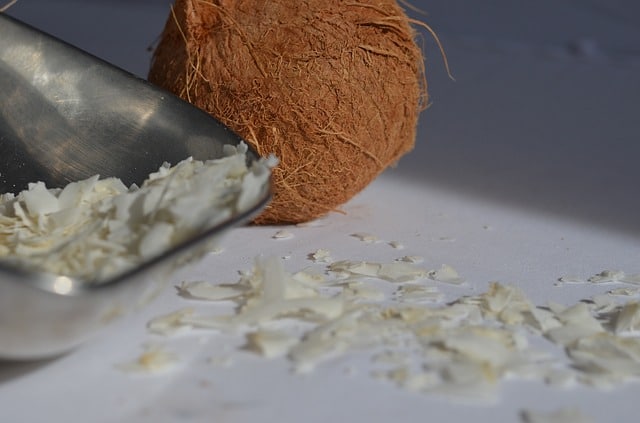
6. Tapioca Flour
Tapioca flour is made from a liquid, unlike other flours that are made from dry ingredients. It is made from a starchy liquid that is obtained from South American Cassava Root. Unlike other flours, tapioca flour has a very low nutrient content in it. This type of flour is best for people who have allergic reactions to nuts and gluten. The tapioca flour has no taste of its own and is used to make sauces, stews pies, etc. You could use it as a last resort as there is no nutritional value in this.
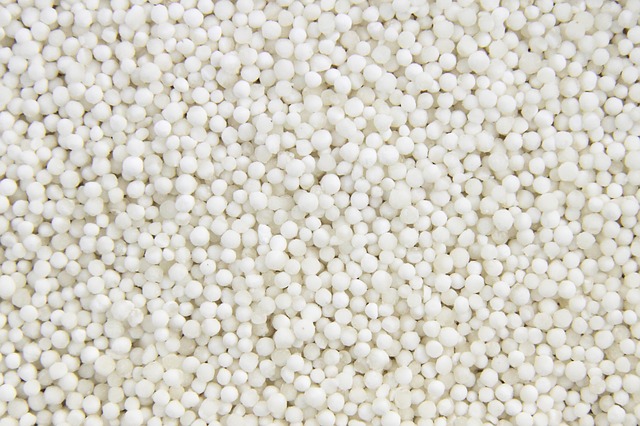
7. Cassava Flour
Cassava flour is the best and accurate substitute for all-purpose flour. This is because it is a white-colored flour just like the all-purpose flour. While tapioca flour is made with liquid obtained from cassava root, cassava flour is made by grating and drying the whole root. It is a great choice for making food for people with nut allergies. Cassava flour has a very high resistance to starch, which in turn is great for good digestive health.
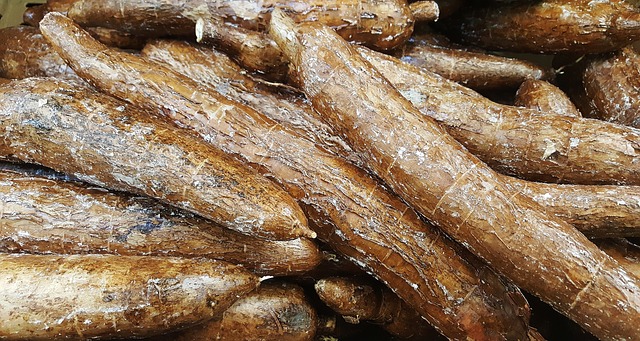
8. Almond Flour
Almond flour is made from skinned and ground almonds. The skin is removed before making the almond into flour to avoid a bad texture to the flour. This is one of the most commonly used substitutes for flours that have gluten in it. Almond has a lot of nutrients packed inside it, which gives a number of health benefits. Almond flour is used for baking cakes, cookies and bread because of the natural flavor it has. Almond flour has a nutty flavor, which makes it one of the best flours to bake with.
Related Reading:
10 Best Benefits Of Almonds; From Weight Loss To Improved Bone Health And More
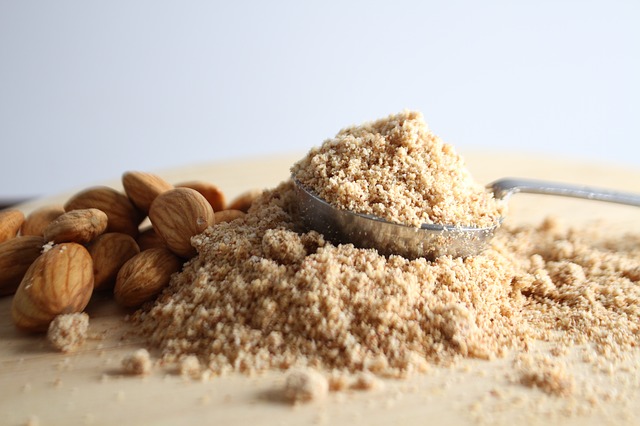
9. Buckwheat Flour
Buckwheat flour is rich in fiber, nutrients, and antioxidants. All these components of this flour help it to have a lot of health benefits. Buckwheat helps the human body in fighting against inflammation. This is a gluten-free flour, even though the name itself has wheat, which is a grain that has a lot of gluten. Buckwheat belongs to a type of pseudocereals. Pseudocereals are grains that can be eaten like cereals. Buckwheat flour is mainly used to make baked foods like quick bread and yeast bread.
Also Read: What Is Buckwheat Or Kuttu? How To Make Kuttu Atta At Home & Recipes
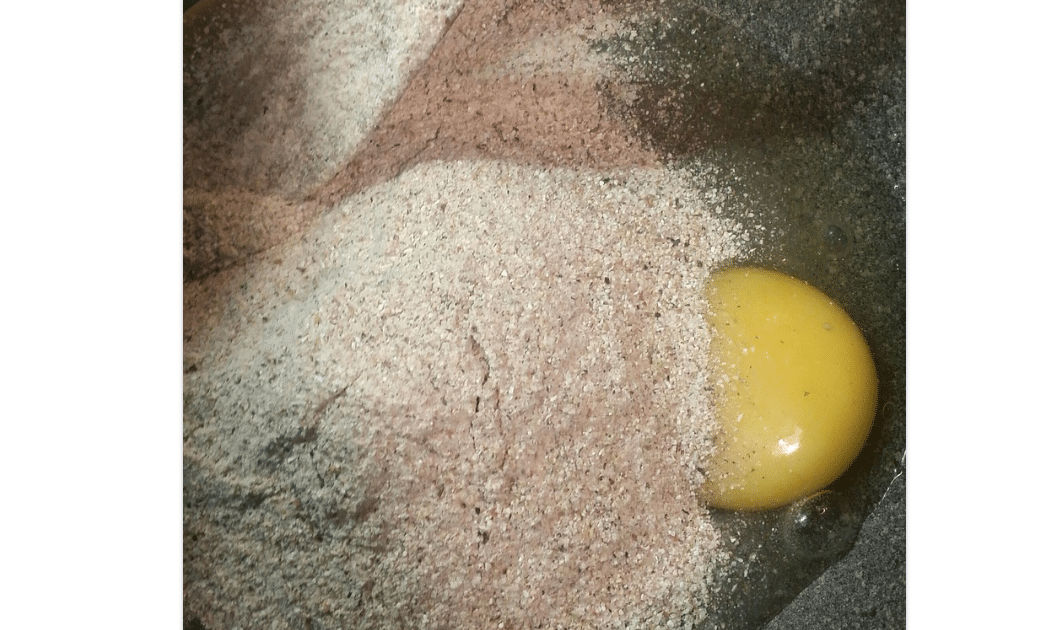
It is used in baking gluten-free cakes too.
Things to remember while cooking with these gluten-free flours
- The different variety of flours mentioned above need different ingredients to cook them in a way that can be used for human consumption. Most of these flours absorb a lot of water, so, one must be very careful about the proportions in which these flours are mixed when they are made into a batter.
- They require unique ingredients to be mixed along with them. Similarly, they also require proper cooking or baking time to give their best flavor. Some of them need more cooking time than others.
- When two or more of the above flours are mixed to make tasty and delicious foods, one must keep in mind the proportion in which they need to be mixed to avoid any bad food experience.
- It is also very important for people who eat a gluten-free diet to check the package of the flour to see whether the flour is made in a facility where gluten in processed.
References


